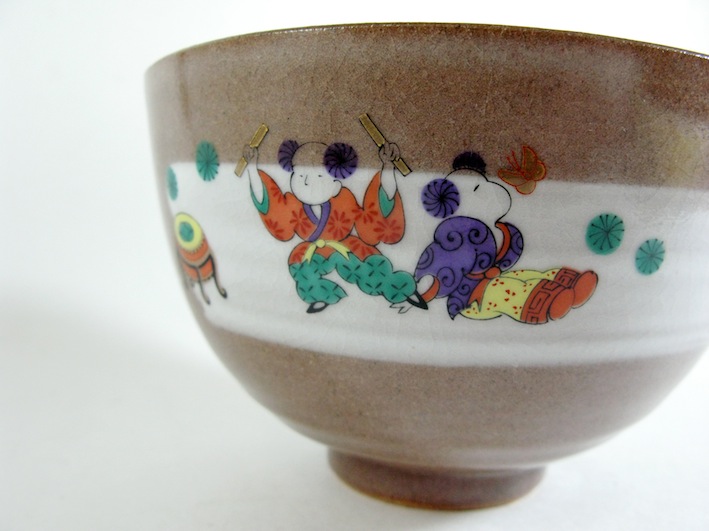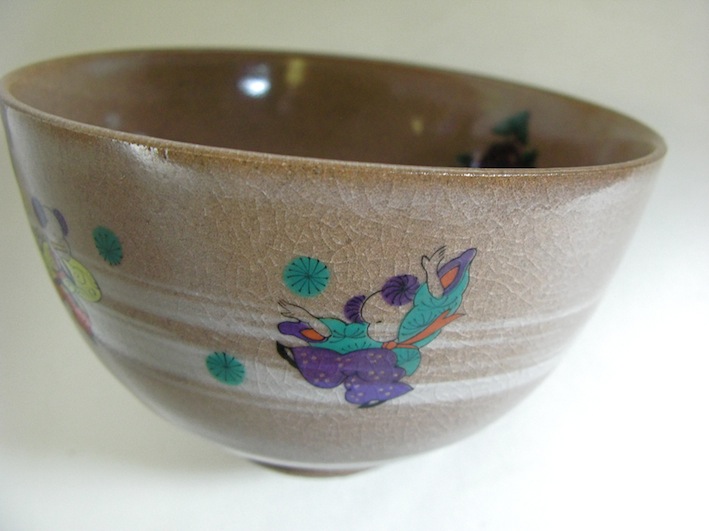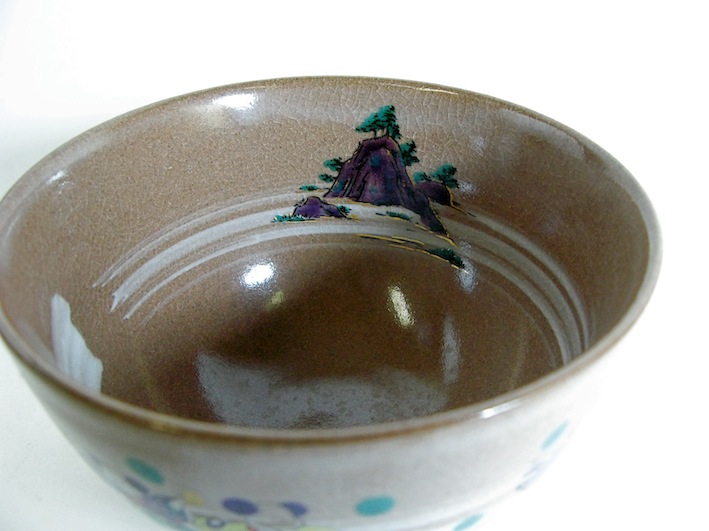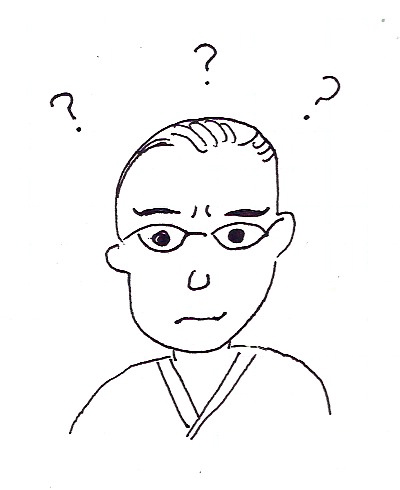Have you noticed in some tea bowls pale pink spots showing up at random?
These spots are called "gohonte" (御本手).
They appear on the pottery due to the natural reactions from the iron found in the clay when being fired in the kiln.
The origin of the term "gohonte" dates back to the Azuchi-Momoyama period (late 1500's). Tea masters ordered tea bowls to be made in Korea. Together with their order, they sent samples or diagrams of what they would like made. These orders were called "gohon" or "gohonte". When the ordered pottery were delivered, most of them came with the pale pink spots due to the clay used. Soon, this type of pattern came to be called "gohonte."
Originally thought of as imperfections of the glaze, gohonte came to be appreciated by tea masters. They recognized the implicit beauty in the randomness, unevenness, and naturalness of the patterns. Thus, the "flaw" was turned into another attractive aspect of the pottery!
Sometimes, we have some gohonte tea bowls available at the shop. Please come and take a look! Or see available tea bowls online here.
All photos by the ikebana shop. Al rights reserved.














